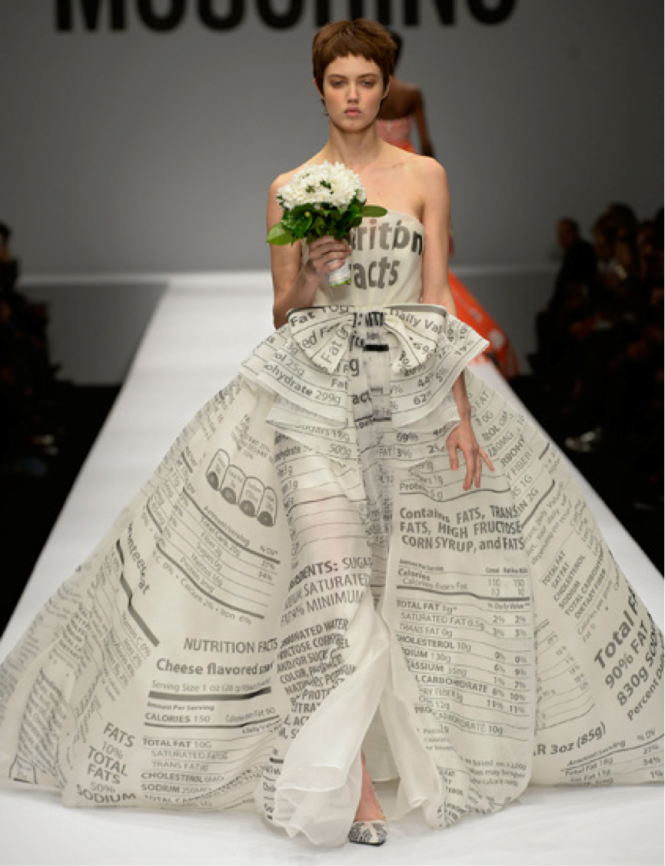I can’t understand what the artist is trying to say, but I do enjoy watching them and staying with them in the same space. Some people may feel the same way as I did after seeing Martin Creed‘s exhibition “What’s the point of it?“
Art is not for ordinary people? Art is something above every-day life? What is art created for?
No matter if the work is minimalism or maximalism, abstract or realism, paintings or installations, inspiring or confusing. Art sometimes is about explaining the world in a pointless way. Yet, this doesn’t mean it’s pointless negatively.
After a whole day’s work, you are squeezing yourself into the tube, keeping your attention on what the next station is, thinking about tonight’s dinner or maybe staring blankly at something. Looking around, people are doing the same thing.
Sometimes to stop and have a look at the things we normally take for granted is to slow down our busy and dizzy life to enjoy what a beautiful world we live in and to discover more possibilities from it.
Art is a major way to express this idea.
Take Martin Creed’s exhibit as an example.
He once won the Turner Prize for his work No.227: The lights going on and off which was an empty room in which the lights went on and off every five seconds.
 What’s the point of this?
What’s the point of this?
Some people thought lights going off and on symbolized our bad days and good days.
“I can see clearly now the rain has gone. You wake up, things are okay, and the sun is shining. And then out of the blue, there you go again, down into the dark pit of depression. It’s not just a matter of mood swings. Its something more basic and perverse: the inability to preserve joy.” (Maurizio Cattelan, 2004)
Maybe not everyone can understand this work in Maurizio’s way, but everyone will agree with him. Because we experience our own life with similar feelings, similar ups and downs in our life.
It doesn’t need any points to prove it has some point. Instead, it needs our own experience and peace to identify them when you no longer need to rush to somewhere.
Standing in front of this “pointless” art work, try to spend some time just staying with them instead of asking what’s the point of it.
Fu Lei









